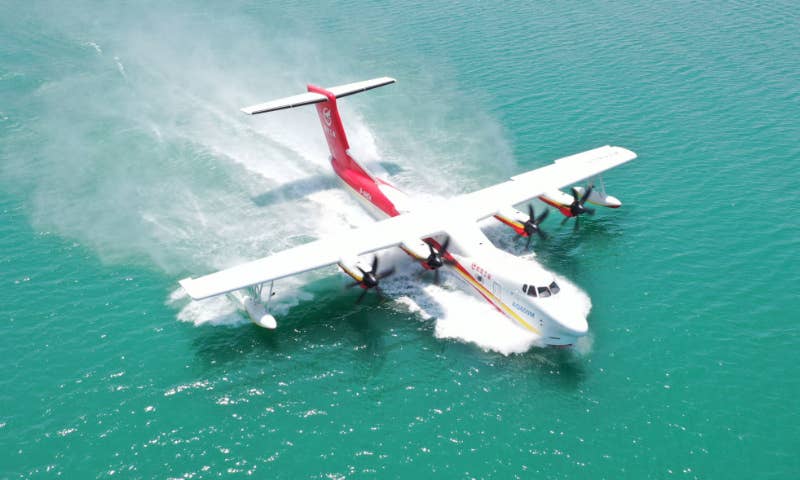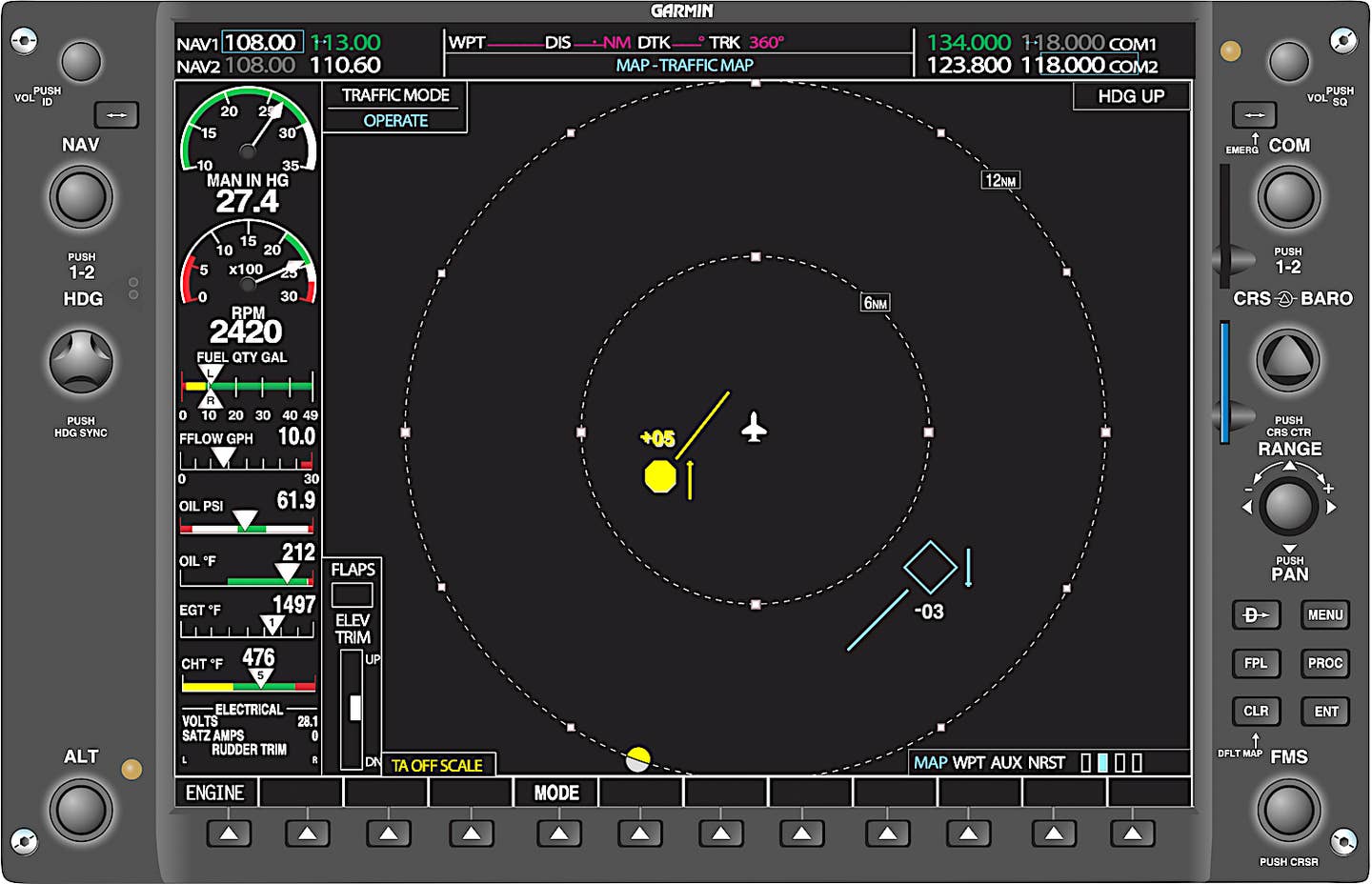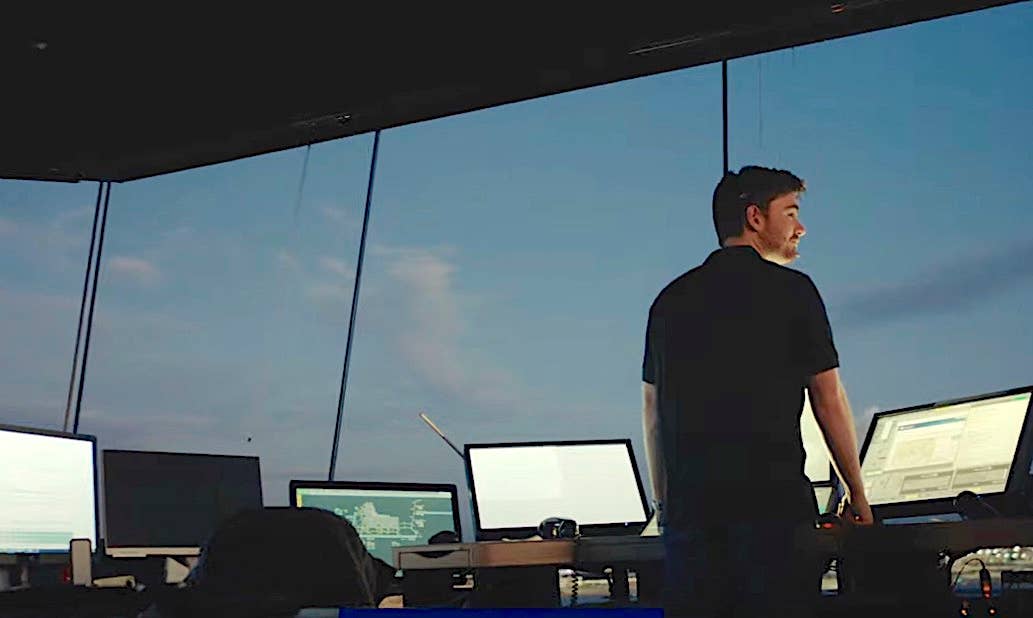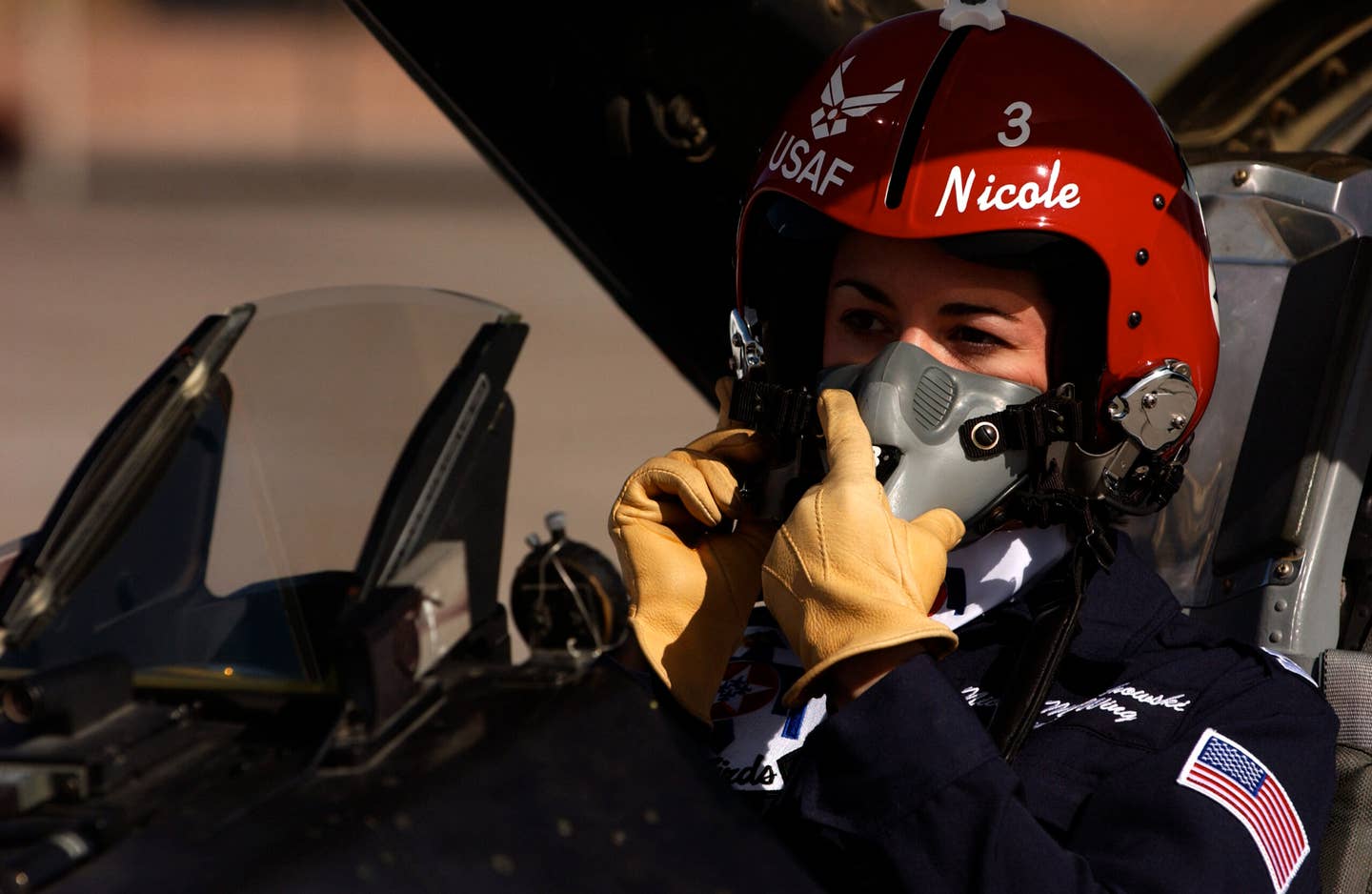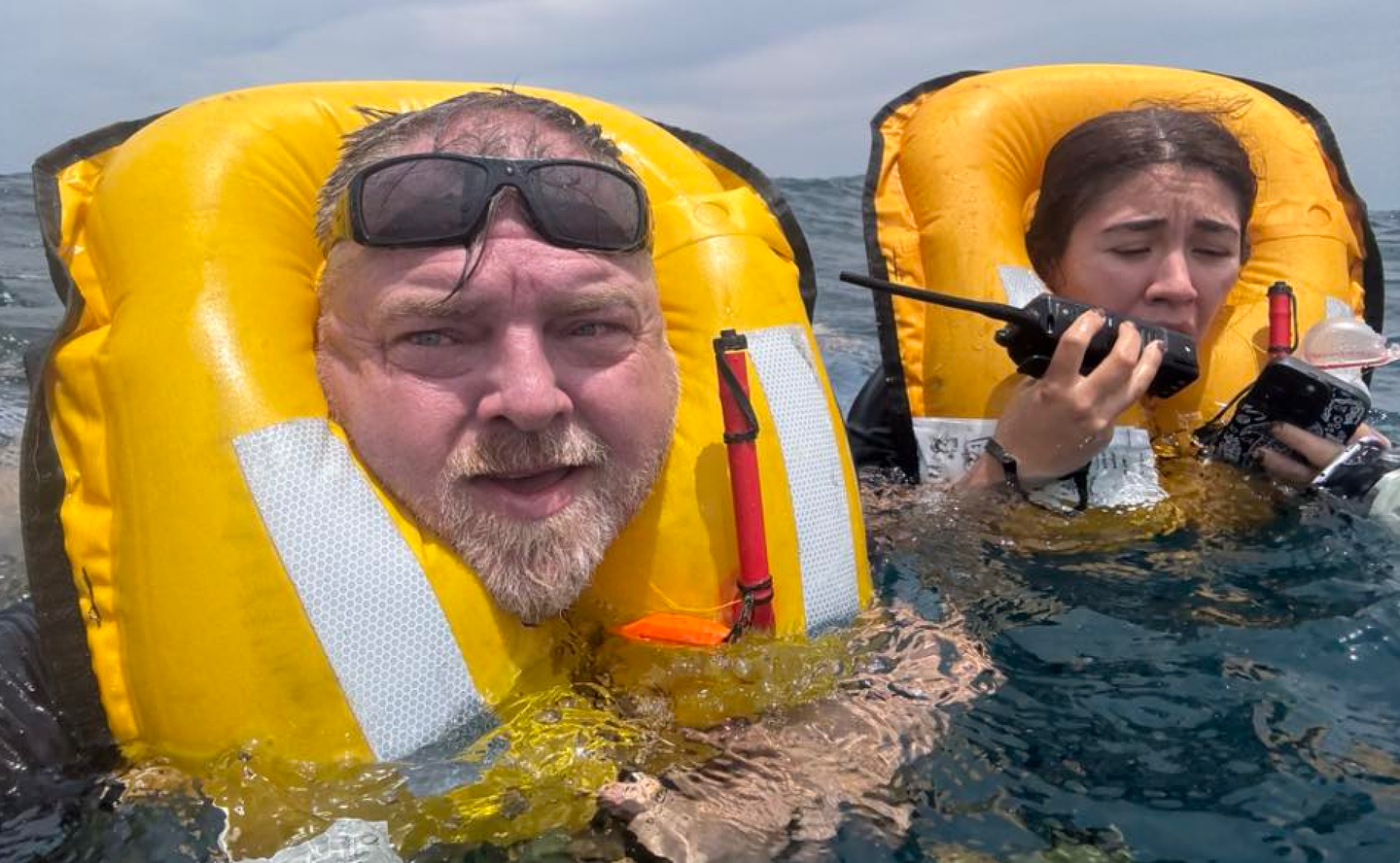NTSB To FAA: Watch Those CFIs
The National Transportation Safety Board has issued a set of recommendations to the FAA intended to increase scrutiny on flight-instructor performance. Using the 2019 crash of a parachute-jump Beech King…
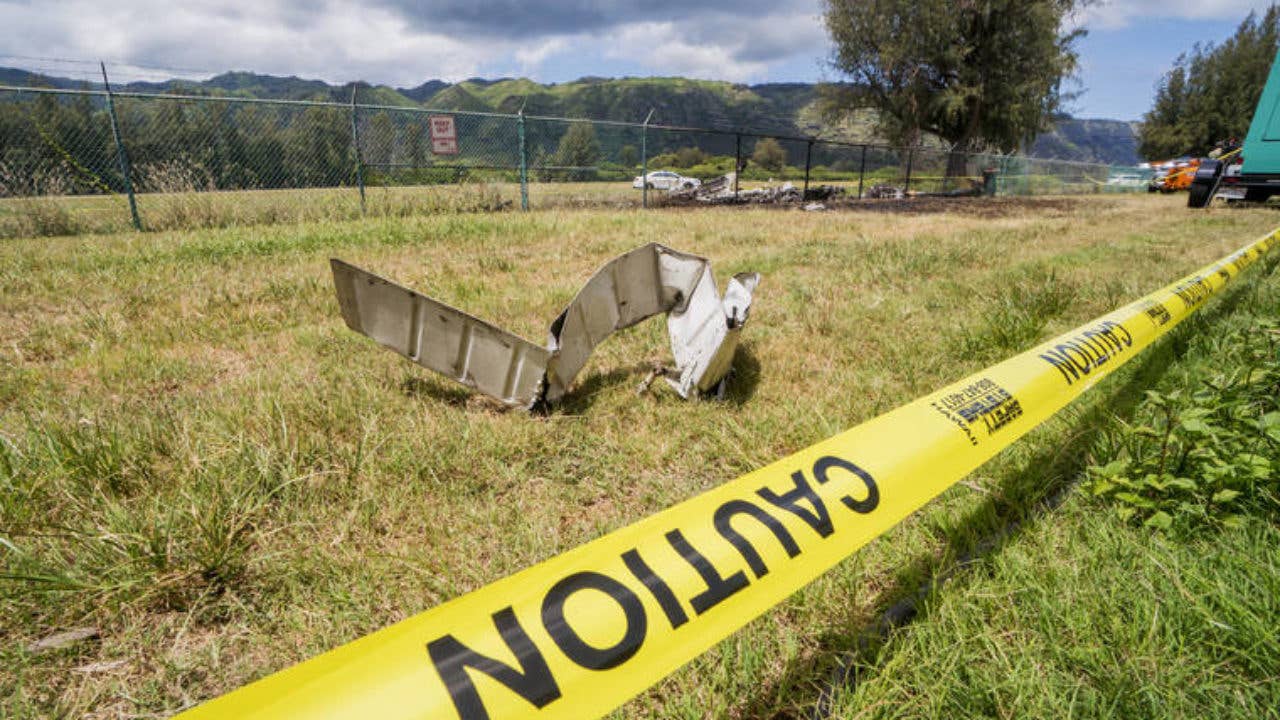
Image: Dennis Oda / Honolulu Star Advertiser
The National Transportation Safety Board has issued a set of recommendations to the FAA intended to increase scrutiny on flight-instructor performance. Using the 2019 crash of a parachute-jump Beech King Air in Hawaii as the impetus, the NTSB's latest recommendations ask the FAA to more closely watch pass/fail rates of students from any given instructor to help detect sub-par training. The June 2019 accident resulted in 11 deaths, including the pilot, after the Oahu Parachute Center King Air impacted terrain shortly after takeoff.
The NTSB said that the “accident pilot had failed three initial flight tests in his attempts to obtain his private pilot certificate, instrument rating, and commercial pilot certificate after receiving instruction from a single instructor. The pilot subsequently passed each flight test. The … accident pilot was not alone in his failed attempts; the pass rate for other students taught by the same flight instructor was 59 percent (for the two-year period ending in April 2020). FAA data show the average national pass rate for students of all flight instructors is 80 percent.” According to NTSB documents, the accident pilot trained with Ritter Aviation in Torrance, California.
The instructor operated a Beech C90GTx out of Torrance and, according to the NTSB documentation, "During his initial flight training, the accident pilot logged about 53 hours in the King Air C90GTx airplane, but this time was logged during flights that included
extended cross-country commercial Part 91 operations conducted with passengers in the cabin. In addition, the flight time was primarily logged as dual instruction while the accident pilot was still a student pilot. Thus, the flight instructor had provided training that the accident pilot could not have been expected to fully comprehend as a student pilot, and the flights were most likely conducted by the flight instructor with the accident pilot sitting in the copilot seat."
The NTSB admitted that while a system does exist to track pass/fail rates from specific instructors, it lacks an automated component to alert CFIs when their students fall below the FAA’s 80% threshold. A pass rate below 80% is considered “substandard.” The NTSB contends that the accident pilot’s sole instructor “was not receiving appropriate additional scrutiny” for his charges’ low pass rates.
The recommendations from the NTSB and the FAA are as follows:
• Develop a system to automatically notify your inspectors of those flight instructors (within each inspector’s geographic area of responsibility) whose student pass rate in the Program Tracking and Reporting Subsystem has become substandard so that the inspectors can perform additional surveillance according to the guidance in Order 8900.1, Flight Standards Information Management System, volume 6, chapter 1, section 5, “Surveillance of a Certificated Flight Instructor.” (A-20-40)
• Until the system proposed in Safety Recommendation A-20-40 is implemented, direct your inspectors to (1) review the Program Tracking and Reporting Subsystem on an ongoing basis to identify those flight instructors (within each inspector’s geographic area of responsibility) with a substandard student pass rate and (2) provide additional surveillance of those instructors according to the guidance in Order 8900.1, Flight Standards Information Management System, volume 6, chapter 1, section 5, “Surveillance of a Certificated Flight Instructor.” (A-20-41)
• Revise Order 8900.1, Flight Standards Information Management System, volume 6, chapter 1, section 5, “Surveillance of a Certificated Flight Instructor,” to include flight instructors with a substandard student pass rate as one of the criteria necessitating additional surveillance of a flight instructor. (A-20-42)

